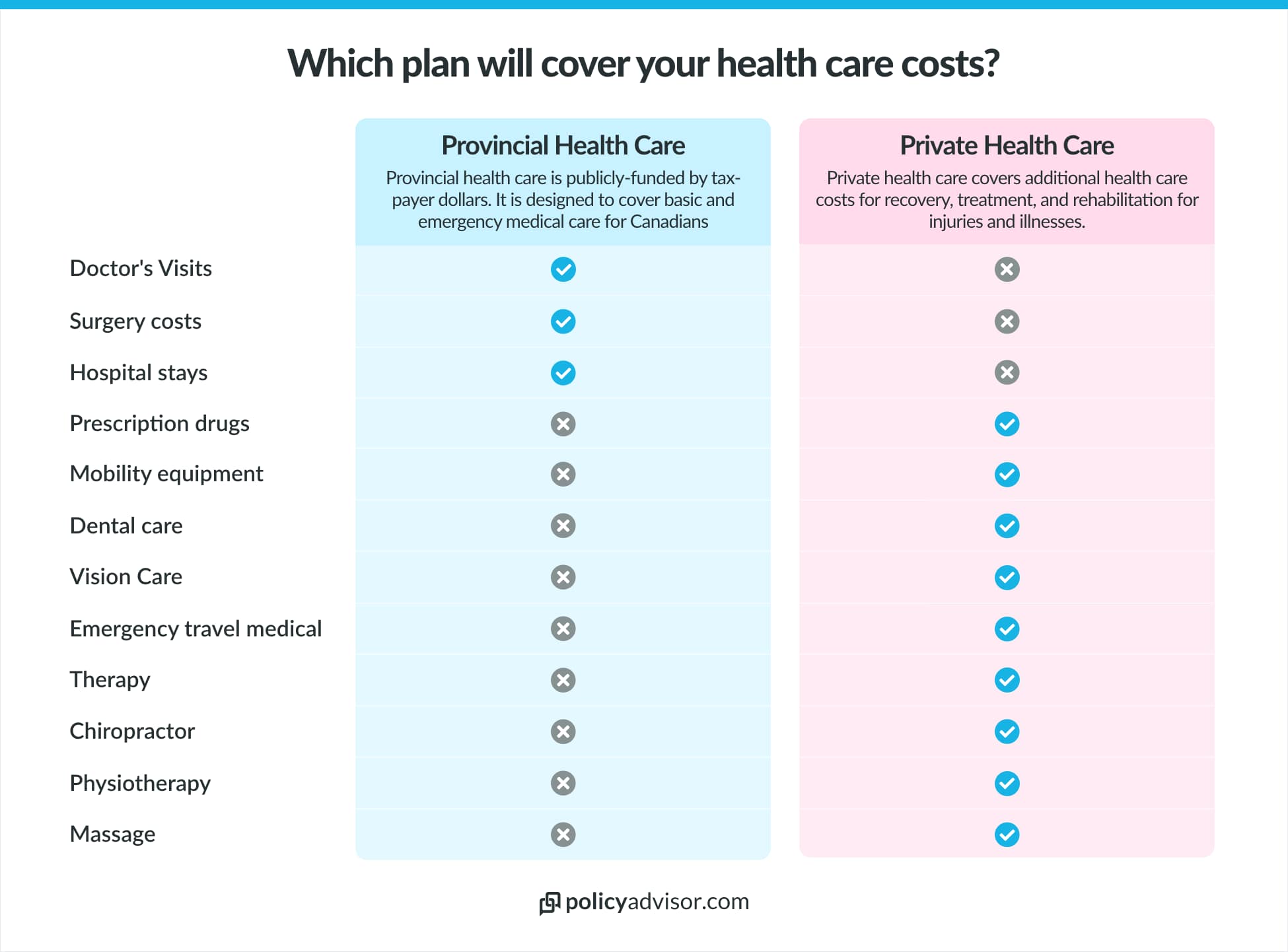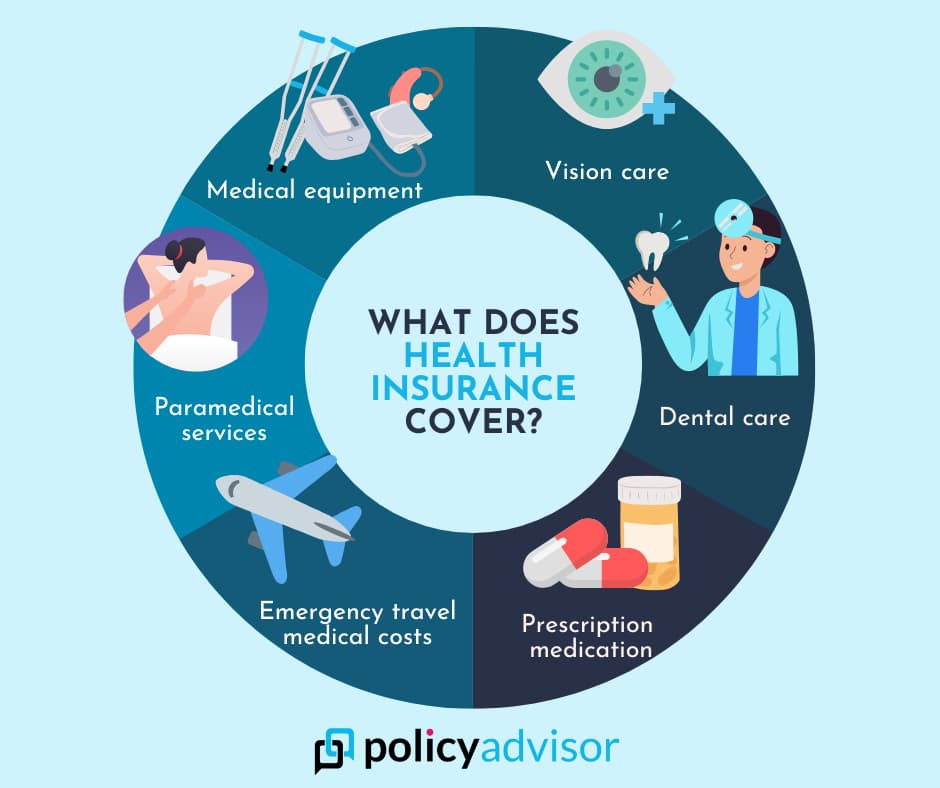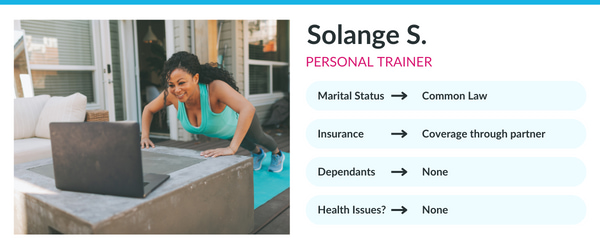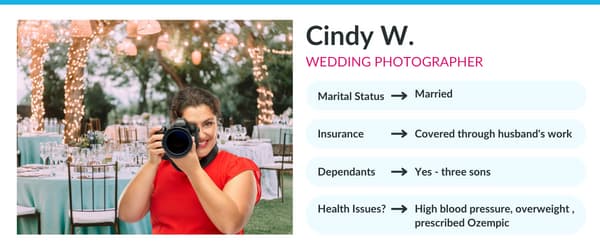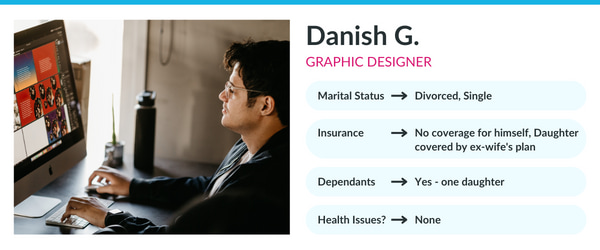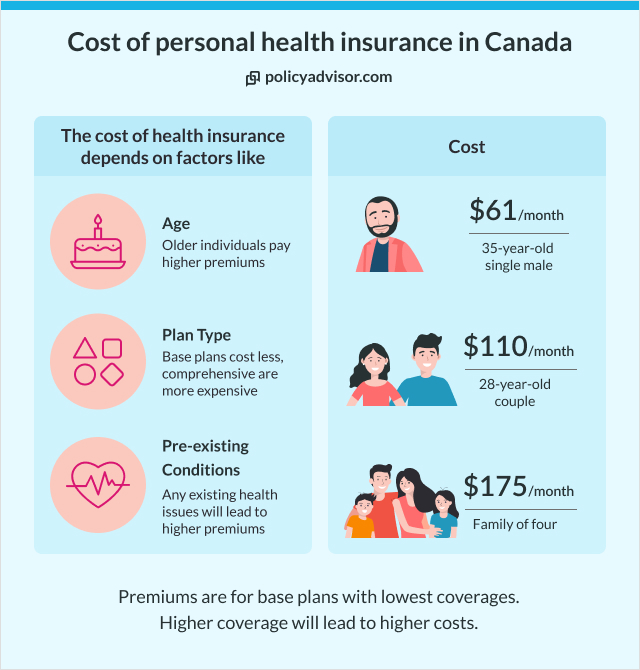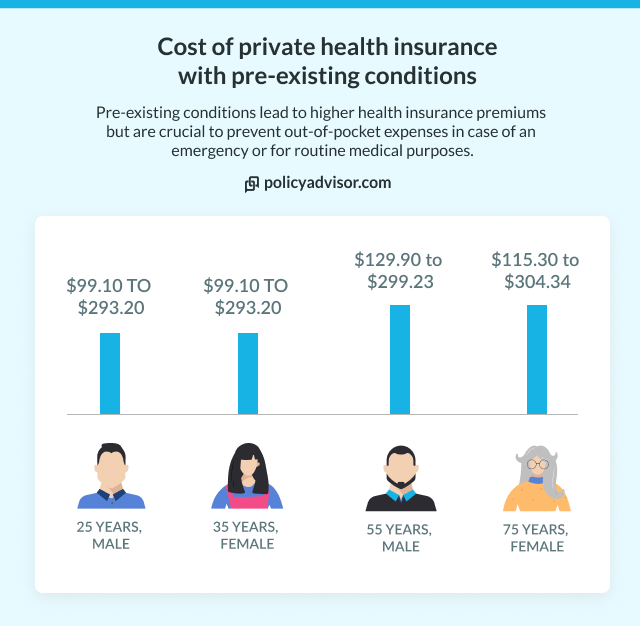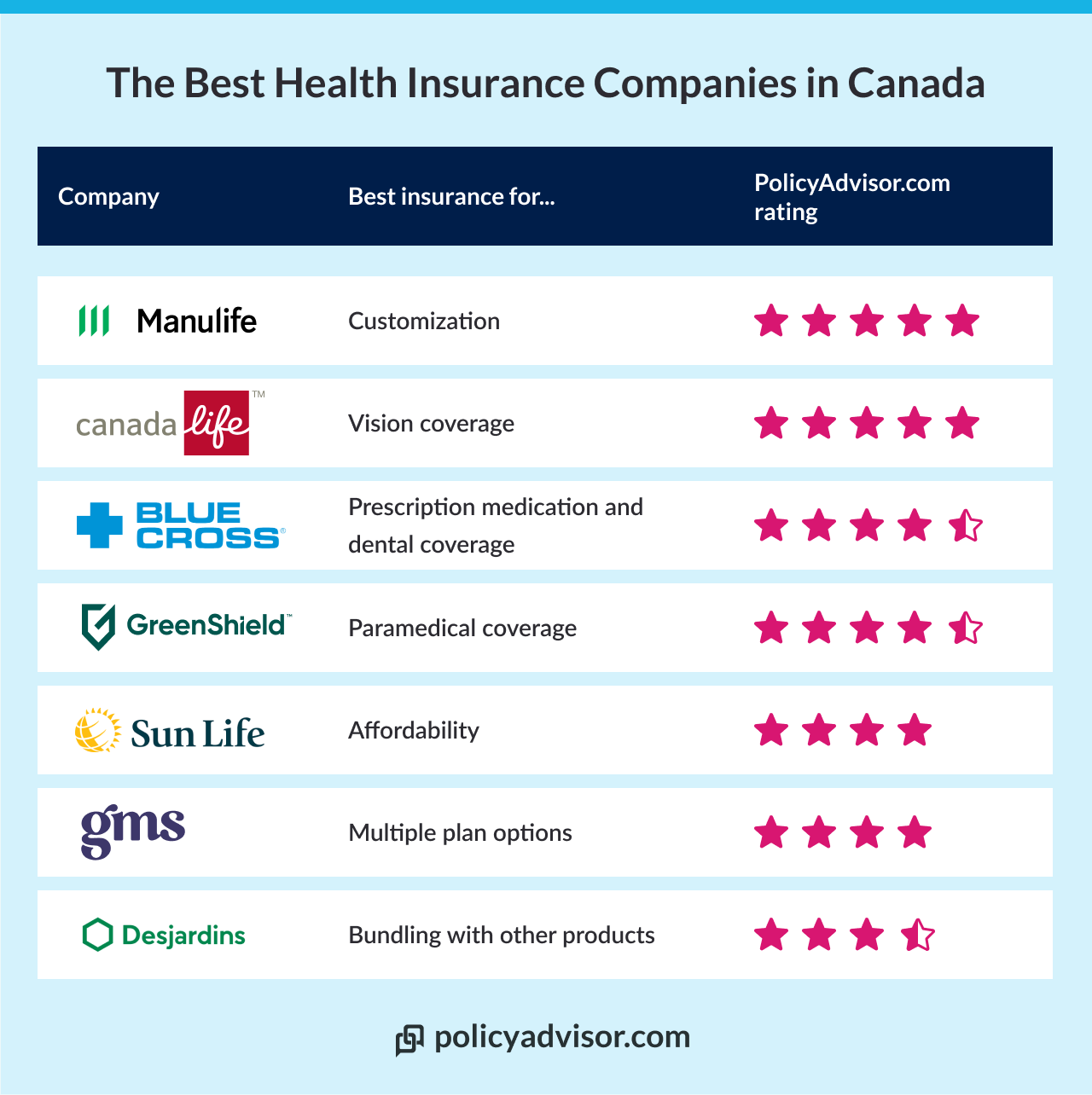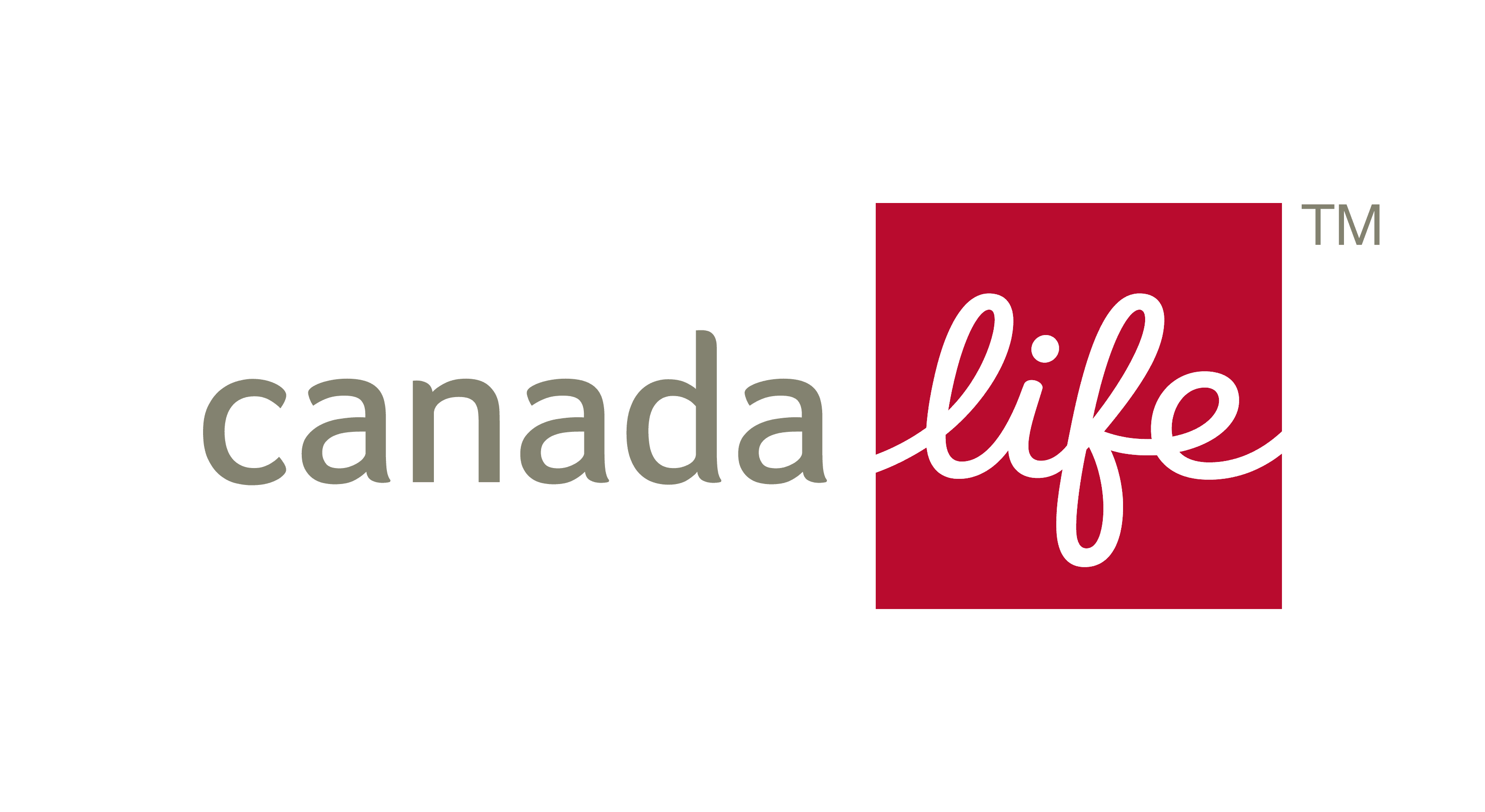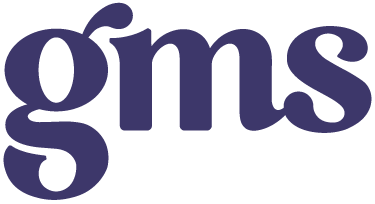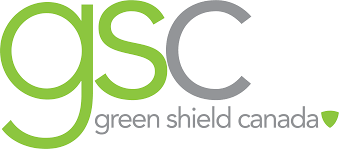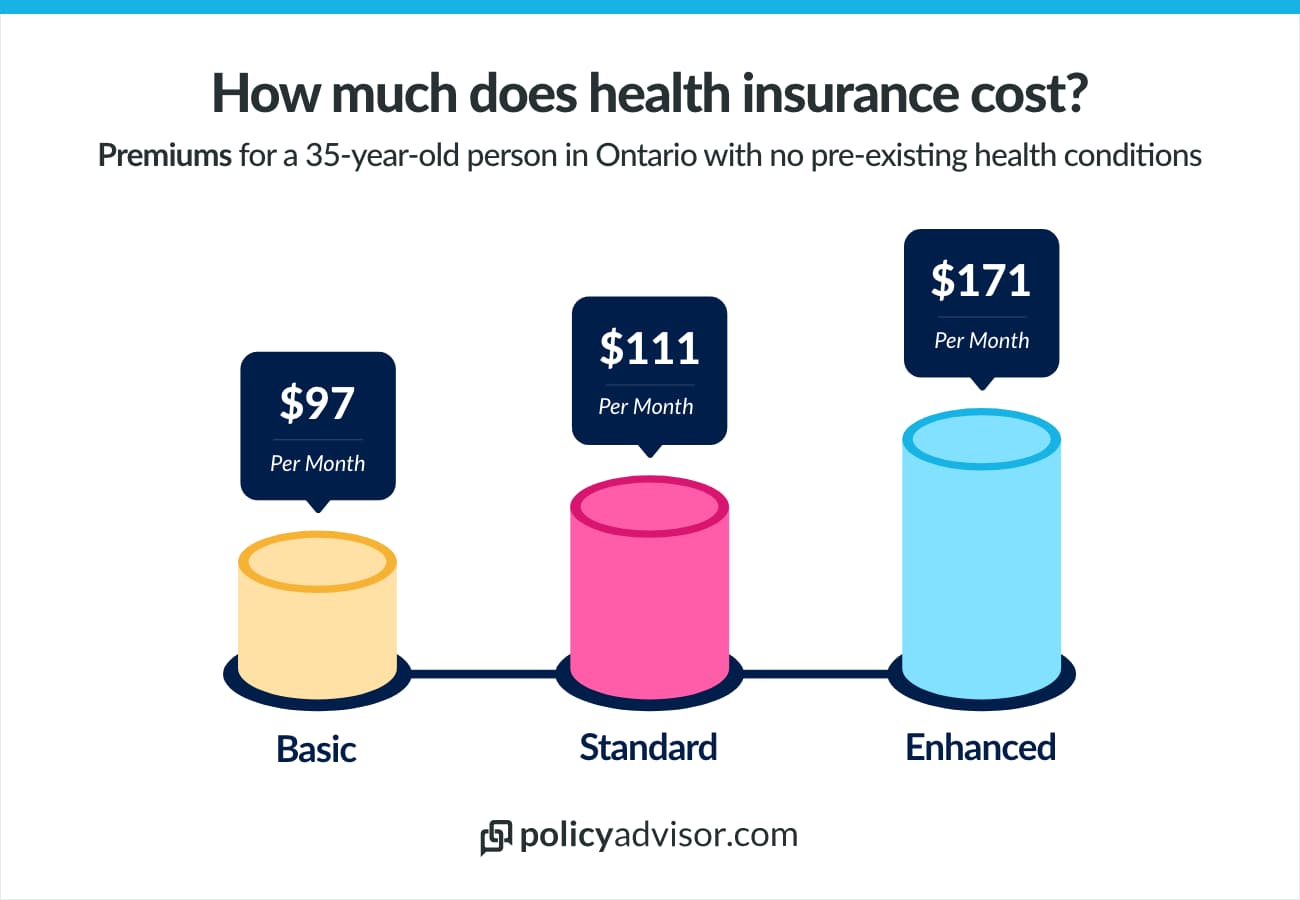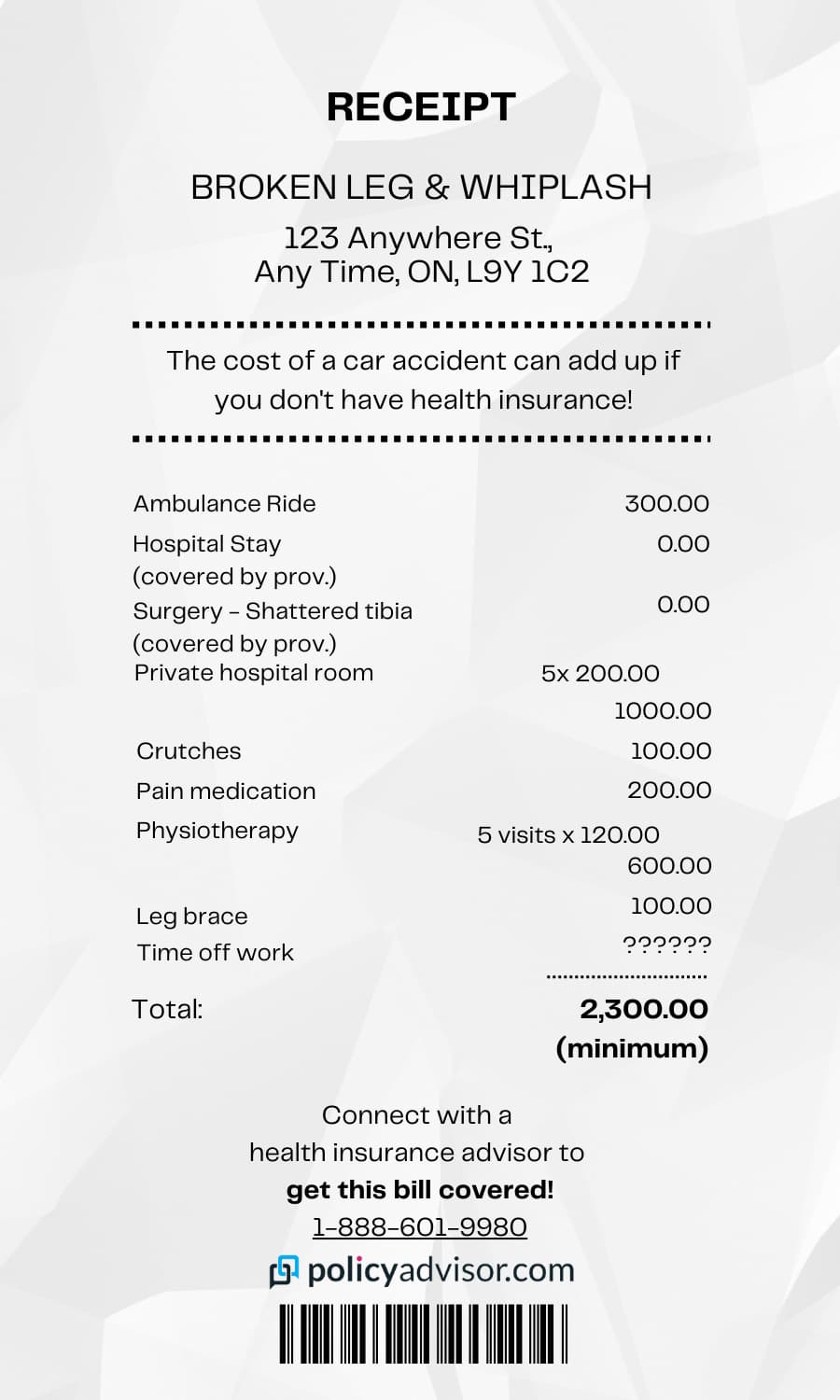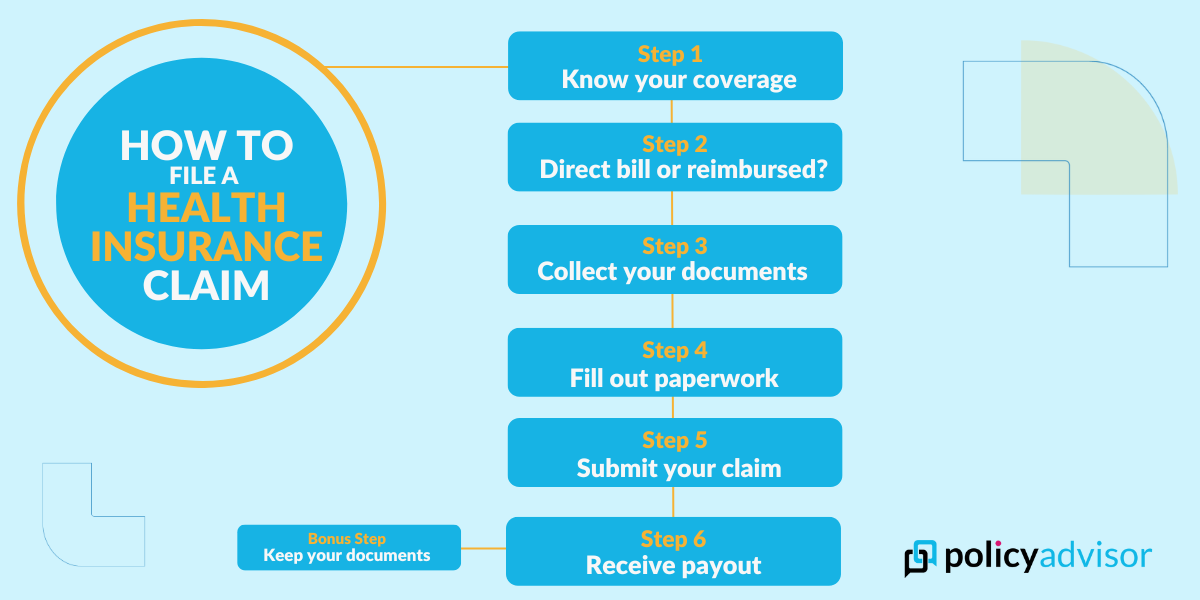The cheapest health insurance plan isn’t always the best option. Public health plans in Canada cover basic medical services like hospital and physician visits. However, coverage for services such as vision, prescription drugs, dental, and mental health services varies by province and is usually available through specific programs for seniors, children, and low-income residents. According to a report by the C.D. Howe Institute published in 2023, around 27 million Canadians or roughly two-thirds of the population, rely on private health insurance to reduce out-of-pocket costs for the care they need most. In this guide, you will find 2025 costs, the cheapest insurers, and ways to lower your premium while keeping major benefits.
At PolicyAdvisor, we make it easy to compare affordable health insurance quotes from leading providers (Manulife, Blue Cross, Sun Life, GMS, etc.) in minutes. Our licensed advisors help you choose the most affordable plans that cover the services you need, completely free of charge.
How much does health insurance cost in Canada?
Basic private health coverage in Canada typically ranges between $60 and $100/month, while more comprehensive family plans covering dental, vision, and prescription drugs can cost between $200 and $300/month, or more. Although provincial health insurance covers essential medical services, such as doctor and hospital visits, it excludes various comprehensive services, making private health insurance necessary.
The cost of health insurance in Canada depends on factors such as age, health status, and province. Health insurance premiums also increase with age. Our advisors at PolicyAdvisor help identify the coverage gaps and guide you towards finding the cheapest health insurance plan.
Monthly premium range for individuals belonging to different age groups
| Age | Premium range |
| 25-year-old male | $99.10/month – $293.20/month |
| 35-year-old female | $99.10/month – $293.20/month |
| 55-year-old male | $129.90/month – $299.23/month |
| 75-year-old female | $115.30/month – $304.34/month |
*Illustrative monthly premium ranges for males and females across age groups.
Private health insurance vs. provincial health insurance
Knowing the difference between private health insurance and provincial health insurance helps you make an informed decision about which gaps to fill and the coverage required.
Difference between private and provincial health insurance
| Feature | Provincial health insurance | Private health insurance |
| Scope of coverage | Coverage for doctor and hospital visits, including emergencies | Coverage for medical services such as dental care, mental health, vision, etc. |
| Cost | Free or a nominal fee charged | Pay monthly premiums based on age, health status, and coverage |
| Eligibility | Permanent Canadian residents, and in many provinces, temporary residents with a valid study or work permit | Optional; advised for those looking to cover gaps in their provincial healthcare plan |
| Access and providers | Public hospitals and physicians | Private insurers, clinics, and specialists; access is quick |
| Coverage for prescription drugs | Limited; outpatient drugs are usually not covered | Wider coverage for prescription drugs |
| Coverage for mental health and paramedical services | Limited or no coverage available | Covers mental health benefits and paramedical services |
What is the cheapest health insurance in Canada in 2025?
If you are self-employed, retired, or without group benefits, you can buy private health insurance. In this guide, you will learn about the cheapest private health coverage options by reputable insurers in Canada. Monthly premium prices are estimates and will depend on your age, health, province, and chosen benefits.
Comparing affordable health insurance providers in Canada
| Insurer | Prescription drugs | Coverage for dental care | Travel insurance | Monthly premiums | Key features |
| GMS | Up to 80%, between $1,250/year–$2,500/year | 80% basic, 50% major | 7–15 days out-of-country
183 days in Canada |
$60–$150 | Easy online claim process, flexible plans |
| Manulife | Up to 100% (varies by plan) | Optional add-on | Optional add-on | $70–$180 | Personalized plans, guaranteed-acceptance options |
| Blue Cross (varies by province) | 70–90% (depending on plan) | Basic to major (optional) | 15–30 days out-of-country | $65–$160 | Strong provincial presence; travel included |
| Sun Life | 60–80% (depending on plan) | Optional add-on | Optional add-on | $75–$170 | Reputable insurer, digital tools available, and optional dental |
| Green Shield Canada (GSC) | 70–90% (depending on plan) | Basic to major (included in some plans) | 15–30 days out-of-country | $65–$160 | No medical underwriting for select plans |
Which province has the cheapest health insurance in Canada?
Private health insurance costs differ across Canada, with Alberta and some other provinces typically offering the lowest premiums, while British Columbia and Ontario tend to be costlier. On average, monthly premiums range from about $70–$240 in Alberta, $100–$300 in Ontario, $80–$220 in British Columbia, and $80–$250 in Manitoba. Since insurers set rates based on plan type and province, it’s recommended you compare quotes by postal code to find the most affordable option.
The cost of provincial health insurance in Canada varies across Canadian provinces. Canadian citizens can access this coverage for benefits such as hospital and doctor’s visits. While provincial insurance covers basic medical services such as hospital and doctor’s visits, you can buy private health insurance at an affordable cost to cover the gaps.
Cost range for private health insurance in different provinces in Canada
| Province | Gaps in the public plan | Cost range of a typical private insurance plan | Top and affordable private insurers |
| Ontario | Covers prescription drugs for seniors and low-income residents, and vision care is covered for individuals under 20 and those 65 and older | $100/month – $300/month | Blue Cross, GMS, Sun Life |
| Alberta | Covers outpatient drugs through the non-group plan, and limited coverage for vision and dental care | $50/month – $234/month | Blue Cross Alberta, GMS |
| British Columbia | Covers prescription drugs through Fair PharmaCare, with no coverage for vision and dental care | $70/month – $200/month | Blue Cross, Sun Life, Canada Life |
| Manitoba | Eligible groups are covered for hospital and doctor visits. Children and low-income residents are offered vision and dental coverage | $80/month – $250/month | Blue Cross, GMS |
What does health insurance cover in Canada?
Canadians have access to basic medical care through a combination of provincial and private health insurance plans. The extent of coverage, particularly for essential healthcare services, differs significantly between what is provided by private insurance plans and what is supported by the government.
Around two-thirds of Canadians rely on their private health insurance to cover gaps in public plans. Private plans may be individual or group. Individuals buying health insurance in Canada must check their public healthcare plan to identify the benefits they require.
Connect with our experts at PolicyAdvisor to identify the gaps in your public healthcare plan. Our advisors will help you compare different health insurance quotes and choose an affordable plan that is suitable for your financial needs.
Services covered under health insurance
Private health insurance covers major services such as vision, dental care, prescription drugs, and paramedical services to supplement coverage gaps.
- Vision exams: The private healthcare plan covers regular eye check-ups, prescription glasses, and contact lenses
- Preventive dental care: Routine cleaning, basic fillings, and regular checkups are covered
- Certain prescription drugs: Generic drugs or those falling under the “essential drugs” category are covered
- Paramedical benefits: Coverage may include essential medical services such as mental health counselling, physiotherapy, chiropractic care, and massage therapy
You can get a better value for your private health insurance by bundling vision, paramedical, and drug coverage.
What is excluded from a basic private health insurance plan?
There are certain services not covered by a basic health insurance plan in Canada. It is important to be aware of them before buying coverage.
- Cosmetic dental procedures, such as teeth whitening and implants, are often excluded
- Braces and adult orthodontic treatments excluded, except for children in certain situations
- No coverage for expensive special therapies and drugs
- Extensive paramedical care that goes beyond the coverage limit
PolicyAdvisor serves as a trusted guide for easily comparing health insurance policies. Our PolicyAdvisor advisors ensure that their customers find plans that can be tailored to their specific health requirements while maximizing value and affordability by clearly defining the inclusions and exclusions of various insurance policies.
How to get cheap health insurance in Canada?
To find a suitable health insurance plan in Canada, one must be able to compare health insurance quotes, understand the benefits offered by group and private health plans, and utilize methods to lower premiums, such as taking advantage of tax breaks and maximizing deductibles.
This guide will help you understand the steps for securing the necessary coverage without paying more than necessary.
Compare health insurance quotes in Canada
- Use online tools to get health insurance quotes: You can use PolicyAdvisor’s free online tool to get instant health insurance quotes from multiple insurers
- Check for exclusions and hidden charges: Stay cautious of policies with extensive exclusions, low annual maximums, or hidden fees that can increase the overall cost despite the lower premiums
Maximizing deductibles to lower premiums
- Increase the deductibles to reduce premiums: Premiums can be lowered by increasing the deductibles. However, this strategy also increases the out-of-pocket expenses
- Choose a suitable deductible: Select a deductible that balances reduced premium rates with your capacity to pay unexpected expenses
Tax benefits and health spending accounts
- Medical expenses tax credit: The medical expense tax credit lowers your tax payable by claiming eligible medical expenses on your tax return
- Health spending accounts (HSAs): Let self-employed Canadians set aside a pre-tax amount for eligible medical expenses, which may reduce overall taxes
Can I get health insurance without a job in Canada?
Being unemployed in Canada doesn’t mean you lack access to health insurance. Canadians have access to provincial health insurance that covers the cost of essential medical services. However, public healthcare plans don’t cover essential services like dental care, mental health benefits, and prescription drugs, so private health insurance can supplement those gaps.
Not only unemployed people, but also senior citizens, freelancers, students, and self-employed individuals can buy private health insurance covering different healthcare services in Canada.
Canadian insurers like Manulife, Blue Cross, and Sun Life offer guaranteed-acceptance health insurance plans to those without a job or switching from employee coverage to private coverage. To buy suitable health coverage, take into account age, health status, monthly premium rates, and exclusions. Students who rely on university-sponsored insurance should consider a private health plan, as university coverage may not be enough.
Unemployed individuals can contact our advisors at PolicyAdvisor for guidance on plans catered to their specific needs. Our expert advisors provide help in comparing different health insurance quotes in Canada.
Student health insurance- Cheapest options available
| Type of plan | Description | Key features |
| University-sponsored plan | Included in tuition; offers coverage for basic preventive care, and some medical drugs | Dental care, vision, and other medical services may not be covered and vary by school |
| Private student plan | Plans can be personalized. Provides coverage for dental, vision, and prescription drugs | Offers expanded coverage; compare insurance quotes before buying |
| International student plan | Eligibility depends on proof of insurance and meeting study permit criteria | Coverage is mandatory. The features offered may differ by province |
Options for self-employed individuals and freelancers in Canada
| Options | Benefits | Things to consider |
| Individual private plans | Total control over coverage | The premiums vary by coverage |
| Health spending accounts (HSAs) | Tax advantages for eligible medical and dental expenses | Typically suitable for incorporated freelancers |
| Tax deductions | Medical expenses may qualify for the Medical Expenses Tax Credit | Year-end tax saving option |
What are the cheapest health insurance options for seniors in Canada?
Canadian Seniors should consider health coverage that fills provincial plan gaps, such as vision, dental care, and prescription drugs, to avoid out-of-pocket expenses.
- Include coverage for dental care and prescription drugs, which the public health plan, due to its limitations, doesn’t cover
- Consider private health plans that cover healthcare services, such as prescription drugs, dental care, etc.
- Compare coverage from Canadian insurers like Manulife, Sun Life, and Blue Cross
Is private health insurance worth it in Canada?
Whether an individual should buy a private health insurance plan in Canada depends on their needs and circumstances. Provincial health insurance in Canada provides essential medical coverage, such as a doctor’s visit, diagnostic tests, surgeries, and hospital visits. However, having public health insurance may not be sufficient due to the lack of coverage for medical services such as dental care, vision, mental health benefits, and prescription drugs.
Group health insurance may cover gaps in a provincial coverage plan, and in that case, an individual may not be required to opt for private health insurance in Canada. It is important to evaluate the benefits offered under a group plan and identify gaps in coverage, based on which one can decide whether a private health plan is needed or not.
We recommend that individuals with dependents, retired seniors, and those with regular prescription needs buy a private health plan to cover the rising cost of different medical care.
Our advisors at PolicyAdvisor offer guidance for comparing different health insurance quotes and help Canadians determine the best coverage option according to their needs.
How to apply for health insurance in Canada?
The health insurance application process in Canada is straightforward. Each province in Canada oversees its own healthcare programs, and the applicant needs to submit their residency and identity documents, either online or offline, to obtain public health coverage.
Canadians and newcomers looking for private medical insurance must first compare different health coverage options, choose a plan, and apply online. The online process is convenient, as it helps an individual find an affordable plan that can be tailored to fill the gaps in their public healthcare coverage.
Directly get in touch with our licensed advisors at PolicyAdvisor at no cost to compare different health insurance quotes and buy the most affordable plan.
- Our experts at PolicyAdvisor provide free comparison tools and offer guidance for comparing various medical insurance quotes
- Evaluate each plan’s benefits and limitations, including the policy term and premium rates, before buying
- Fill in the application form and submit it along with the relevant documents
- Ensure the supporting documents, such as identity and residency proofs, are in order
- After submitting the application form, it will be reviewed by the insurer or the government office. Processing time differs by insurers and provinces
- Once the application is approved, you will receive your health card
- When the need arises, complete the claim-filing process. Submit the necessary documents, along with the claim form, after which the insurer will verify them. If all the documents are in order, the claim will be paid
Frequently Asked Questions
How can I get health insurance in Canada for under $100 per month?
You can compare different health insurance quotes to find an affordable and suitable plan under $100 per month. Get in touch with our consultants at PolicyAdvisor, who will help you compare various quotes and find a plan tailored to your needs and budget.
How much should I budget for health and dental insurance in Canada?
Monthly premiums may range between $50 – $250 per month, depending on the coverage, province, age, and services covered. Individuals looking for health and dental insurance should budget between $100/month and $150/month in the beginning.
Are there government subsidies for low-income health insurance in Canada?
Some Canadian provinces offer drug coverage options and subsidies for retirees, students, freelancers, and individuals without group health protection. The coverage options may vary by province and are often focused on dental, vision, and prescription drugs. Check local government programs in addition to private plans, though most private insurance premiums are paid individually.
What medical expenses are not covered by free health care in Canada?
Public healthcare plans do not cover medical services, such as vision, dental, prescription drugs, mental health benefits, and others. That is why having private medical insurance is important, since it covers the gap in a public healthcare plan. It is important to consider which services coverage is required to tailor a private insurance plan accordingly.
How do health insurance premiums vary by age and location in Canada?
Premiums rise with age. Younger people pay lower premiums since they are less likely to be diagnosed with a medical condition. Apart from that, location also affects the premium rates due to differences in provincial plans, plan availability, and insurer pricing. Urban locations tend to have more health insurance options.
Can international students get affordable health insurance in Canada?
Yes, various Canadian universities offer basic health insurance for international students, which is often included in the tuition fees. Private coverage options start at $24/month, making coverage affordable for overseas students. International students may need to show proof of insurance and meet provincial requirements for a study permit.
What are the tax implications of purchasing private health insurance in Canada?
Individual premiums for private health insurance in Canada are typically not tax-deductible. However, eligible premiums can be claimed as medical expenses under the Medical Expense Tax Credit. Self-employed individuals can use health spending accounts (HSAs) to pay eligible expenses in a tax-efficient manner.



